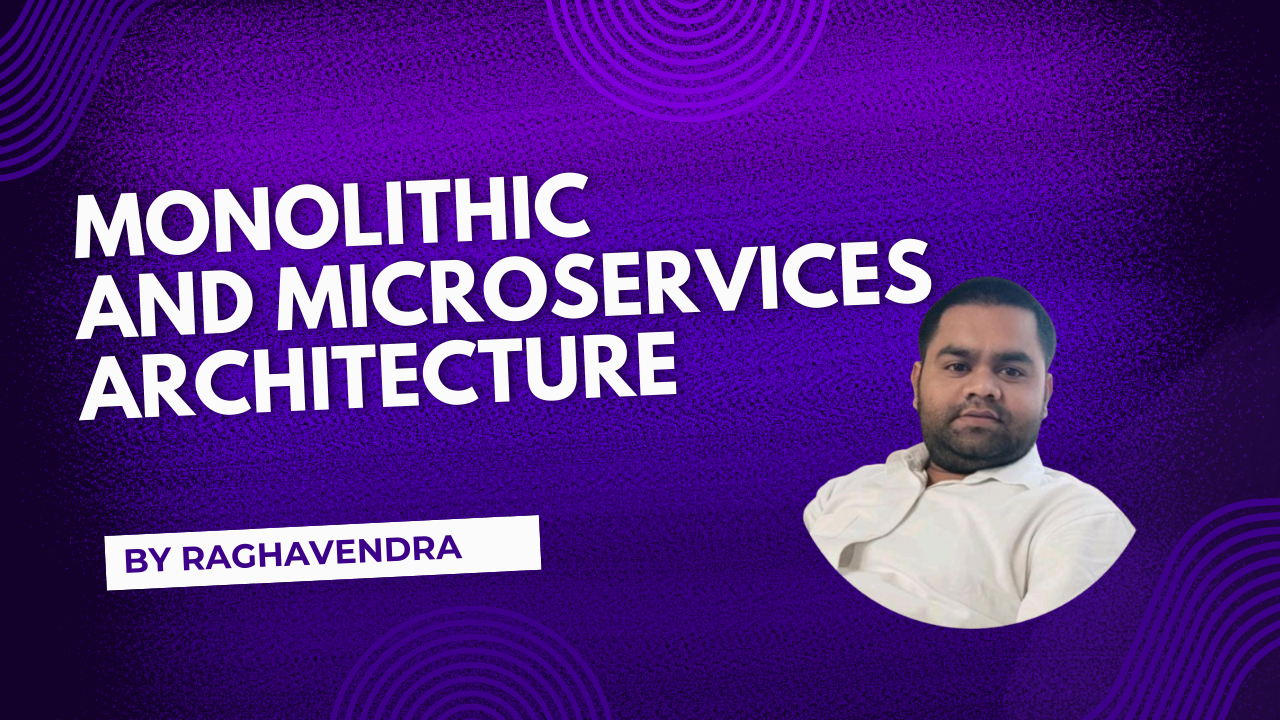Laravel Interview Questions and Answers

1. What is Laravel?
Laravel is a popular, open-source PHP web application framework used for building robust and scalable web applications. It follows the Model-View-Controller (MVC) architectural pattern, making it easier to organize and manage code.
2. What are the features of Laravel?
Laravel is highly regarded for its elegant syntax, developer-friendly tools, and ability to rapidly build web applications. It is often used in building everything from small websites to large, complex enterprise-level applications.
Routing: Laravel provides a simple and flexible routing system for defining URL patterns and handling HTTP requests.
Eloquent ORM: A powerful Object-Relational Mapping (ORM) system for interacting with databases using PHP syntax, making database queries easier and more readable.
Blade Templating: Laravel includes a lightweight templating engine called Blade, which allows for easy integration of PHP and HTML, improving the separation of logic and views.
Authentication & Authorization: Built-in features to handle user authentication, including login, registration, and permission management.
Artisan CLI: A command-line interface for performing common tasks like database migrations, testing, and managing application setup.
Security: Laravel includes several security features, such as protection against SQL injection, CSRF, and XSS attacks.
Migration & Database Seeding: Easily manage database schema and seed data across different environments.
3. Explain the MVC architecture in Laravel ?
MVC stands for Model-View-Controller. In Laravel, Model manages the data and handles the interaction with the database. View displays the user interface (what the user sees).Controller handles user requests, gets data from the model, and sends it to the view for display.
4. Explain Eloquent ORM?
Eloquent ORM(Object Relational Mapping) simplifies database interactions in Laravel by allowing developers to use PHP syntax to perform complex queries and operations without writing raw SQL. It provides a clean and efficient way to work with the database.
5. What is Middleware in Laravel?
Middleware is a powerful feature in Laravel that allows you to filter and process HTTP requests before they reach the application or after the response is generated. It’s useful for tasks like authentication, logging, and input validation, and helps keep your code organized and reusable.
6. What is Namespace in Laravel?
Namespaces are an essential tool to organize and manage your application’s classes. They help prevent naming conflicts, provide a clean and maintainable structure, and are key to Laravel's automatic class loading system. By following naming conventions and using namespaces properly, your application becomes easier to develop and scale.
7. What is Composer in Laravel?
Composer is a important tool in Laravel development. Composer is a dependency manager for PHP, It simplifies the process of managing packages, handling dependencies, and autoloading classes. By using Composer, you can easily integrate third-party libraries, keep your application up to date with the latest versions, and ensure that all required packages are available for your project.
8. What is CSRF protection in Laravel?
Laravel’s CSRF protection is a simple yet powerful feature that helps safeguard your application from Cross-Site Request Forgery attacks. It works by generating a unique CSRF token for each user session and validating it on every form submission. By adding the @csrf directive in forms, Laravel ensures that all requests are protected from malicious activities that attempt to misuse a user's authenticated session.
9. What is Routing in Laravel?
Routing in Laravel is a powerful and flexible system that helps you define how your application responds to different HTTP requests. It provides various features like dynamic URL parameters, named routes, middleware, route groups, and more, allowing you to organize and control your web application's behavior effectively.
10: What is Laravel Blade?
Laravel Blade is a powerful and flexible templating engine that makes building dynamic web pages with Laravel easy and clean. With features like layout inheritance, control structures, and automatic data escaping, it significantly enhances the development experience and code readability.
11: What is Laravel Artisan?
Laravel Artisan is a powerful and essential tool for developers working with the Laravel framework. It provides a set of commands that automate common tasks, improves development workflow, and enables easy interaction with the application. By using Artisan, you can save time and focus on building more complex features instead of managing repetitive tasks.
12: What are Laravel migrations?
Laravel migrations provide a simple and efficient way to manage your database schema in a version-controlled manner. With migrations, you can easily create, modify, and roll back changes to your database, ensuring that your database structure remains consistent across different environments and teams. Using migrations also ensures that your application’s database is always in sync with the codebase, making it a powerful tool in Laravel development.
13: What is Laravel Service Container?
The Laravel Service Container is a fundamental part of the framework that provides dependency injection, automatic resolution of services, and inversion of control. It makes the codebase more modular, testable, and maintainable by decoupling class dependencies and simplifying the management of application services. It allows developers to focus on writing business logic without worrying about managing dependencies and their lifecycle manually.
14: Explain Laravel Eloquent Relationships?
Eloquent Relationships define how different database tables are related to each other. Laravel provides various types of relationships such as one-to-one, one-to-many, many-to-one, and many-to-many, allowing you to easily retrieve and manipulate related data.
15: What is the difference between Laravel authentication and authorization?
The process of confirming a user's identification through credentials, like a username and password, is called authentication. Authorization, on the other hand, is the process of determining whether a user has the necessary permissions to perform a certain action or access a certain resource.
16: What are Laravel Events and Listeners?
Laravel Events and Listeners provide a simple and convenient way to implement event-driven programming in your application. Events are triggered when certain actions occur, and listeners are responsible for handling those events and executing the necessary code in response.
17: What is method injection in Laravel?
Method Injection is a clean and efficient way to inject dependencies into specific methods in your Laravel application. It improves code clarity, especially when only a subset of methods in a class require certain dependencies. Laravel’s service container automatically resolves these dependencies, making method injection a convenient and powerful feature to use alongside constructor injection when appropriate.
18: What is Laravel Localization?
Laravel Localization is a powerful feature that allows you to easily manage multiple languages within your application. By using language files and the __() helper, you can translate text in views, controllers, and more. Laravel also provides robust support for switching locales, pluralization, and fallback languages. This makes it easy to build applications that can cater to users in various languages and regions.
19: What is Laravel Validation?
Laravel's validation system is highly flexible and powerful, making it easy to ensure the integrity of user input while also providing robust tools for handling different validation scenarios. Whether you are validating simple form inputs, file uploads, or custom rules, Laravel provides an elegant and efficient way to handle validation.
20: What is Policies in Laravel ?
Policies are used to handle authorization logic. They define whether a user is authorized to perform certain actions (like view, create, update, or delete) on a model.
21: What is Gates in Laravel ?
Gates provide a simple, closure-based way to handle authorization. They are used to define basic authorization checks, often for actions that aren't tied to a specific model. Gates are ideal for simple, non-model-specific checks.
22: What is Queues in Laravel ?
Laravel Queues provide a powerful, efficient way to handle tasks that are time-consuming or resource-intensive by pushing them into a queue, allowing them to be processed in the background. This improves the performance of your web application by offloading lengthy tasks, such as sending emails, processing uploads, or running complex calculations, to be handled asynchronously.



